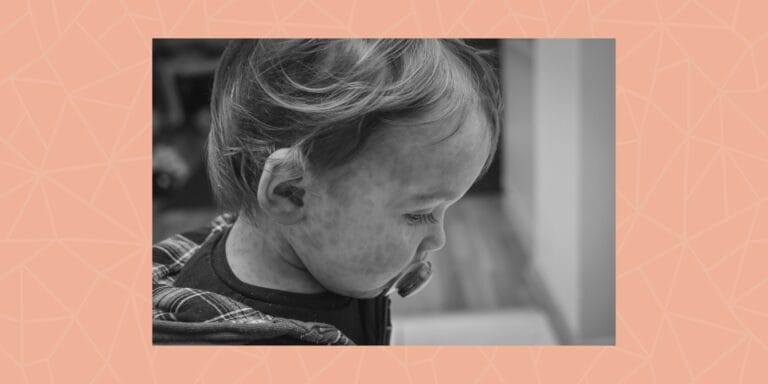How to help kids and their emotions during huge life changes—like moving, divorce or death

Tips for involving your children, communicating well with them and allowing space for their emotions.
No matter how stable our lives are, it’s likely that at some point our families will go through some huge changes. Whether it’s divorce, bereavement, health issues or relocation, these seismic shifts can make parenting more challenging. Just at the time when our cup feels most empty, our children may respond with emotional and behavioral challenges.
For young children, even small transitions can be hard. For a toddler, leaving a playdate or separating to go to daycare can trigger strong emotions so when bigger changes happen it can feel almost overwhelming for both your child and you.
So what do you do when you are in the midst of a big change? How do you involve your children, communicate well with them and allow space for their emotions? Here are some tips.
1. Have family meetings
It’s good to make time to talk things through and explain what’s going on in an age-appropriate way. This could be as and when the need arises, or it could also be more ‘formally,’ as a sit-down family meeting. If you are planning a big change, such as relocation or announcing a divorce, then it’s good to sit down together as a whole family and be honest about what changes are going to take place.
Kids of all ages will benefit from having their voice heard and having a say in the decision-making process, even if they’re not directly involved. Take time to listen to their concerns and questions about what is happening.
2. Let them express their emotions however they want
Announcing a big change or sharing the news of a loved one’s illness or death can bring on big feelings. It’s natural to be frustrated if your child throws a tantrum—especially if it’s a change that you see as a positive step, such as moving to a new house or having a new sibling.
It’s important to remember that tears and upsets are all part of the healing process. Children cry when they feel safe enough to express themselves and will often feel better once they’ve released those emotions. Tears have even been found to contain cortisol, the stress hormone, so crying literally releases stress. Once the stress is gone, kids may be able to think more clearly and see things from a different perspective.
Remember to listen and empathize without trying to stop or “fix” the tears. Crying may be part of your child’s grieving process about a change, and moving through it with lots of emotional support can help them accept the new situation.
Your child’s big emotions may show up in less obvious ways too. Perhaps they seem fine with the change but then have meltdowns over seemingly small things, like not wanting to go to the grocery store or refusing to eat a dinner they normally like. This is what’s known as the “broken cookie phenomenon” where a child has an upset about something insignificant, such as a cookie that breaks because they are feeling overwhelmed about something much bigger.
Whatever the trigger for tears, and no matter how small it may seem to you, listen and empathize.
3. Make time for short doses of connection
In times of transition, your child may need more attention from you than usual and you may find that you’re less resourced to be able to give it. This can be tricky and your child’s need for connection may manifest as behavioral challenges.
One way to deal with this is to focus on giving your child short bursts of quality time. “Special time” is when you spend a set period of time doing something that your child chooses while showering them with attention.
When everything is changing, special time is like a strong foundation that builds a connection between you and your child. Set a timer for however long you feel you have the attention to give. Even five minutes can make a difference in your child’s mood and behavior.
You might notice that when you do special time your child wants to roleplay around the transition, for example playing hospitals if a family member is unwell, or using dolls to act out the arrival of a new sibling. This kind of play can be especially healing when laughter is incorporated. Laughter lowers blood pressure, and releases endorphins, and laughing about difficult experiences in the context of play can help to release tension around them.
4. Set limits gently
You may notice that your child starts “showing” their feelings about a change indirectly through their behavior. Set limits gently because children’s “misbehavior” is usually a sign that feelings are getting in the way of their thinking. Move in close to your child, make eye contact, and gently set a limit.
If you feel frustrated, try to remember there’s a deeper reason for the upset that your child is struggling to put into words.
5. Remember to nurture yourself
Parenting is challenging, especially when big changes are occurring in our lives and we feel overwhelmed. It’s more important than ever to make sure to take care of yourself.
Children are like sponges, feeding off our energy, so as we process our feelings around a transition they will too. Take time for yourself. Hire a babysitter or ask a family member to take over so you can have a break. Spend time with good friends that know how to listen and seek counseling if you need it.
Grieve for what is lost and take time to fully express yourself. Don’t go it alone. Just like our child’s perspective can change through grieving, so can yours.


































